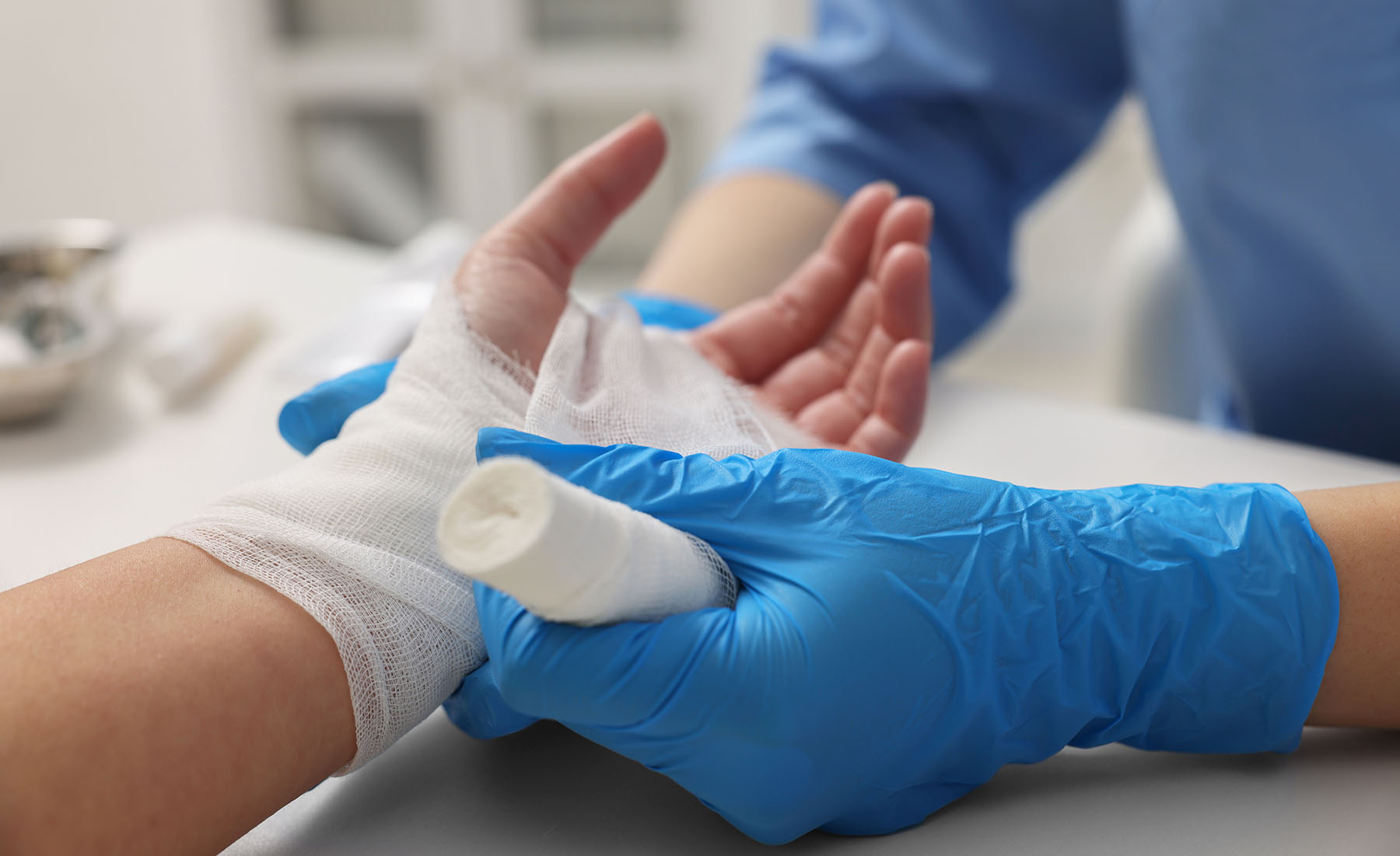
18 Feb Reimagining Healing: Game-Changing Solutions for Faster Wound Recovery
Healing wounds, whether from surgery or chronic conditions, has always been a complex process requiring precision, care, and time.
However, medical advancements are transforming what was once a long, uncertain trajectory into a faster and more predictable path to recovery. Physicians, surgeons, and patients alike are turning to innovative therapies and cutting-edge technologies that not only accelerate healing but significantly improve outcomes. From advanced dressings to regenerative medicine, these developments are changing the face of wound care.
Advanced Wound Care Dressings
Gone are the days when a simple gauze and tape were the standard. Advanced wound dressings now use specialized materials and designs to provide the optimal environment for healing. Innovations like foam dressings, hydrocolloids, and antimicrobial dressings are tailored to specific wound needs, whether it’s exudate management, infection prevention, or moisture retention. These dressings promote faster healing by maintaining the right balance of hydration and protection while reducing the need for frequent changes.
Additionally, technology-driven dressings that incorporate sensors to monitor wound progress are gaining traction. These smart dressings provide physicians with near-real-time data on tissue oxygenation levels, pH, and even the onset of infection, allowing for quicker and more targeted interventions. Such tools not only save time but also empower patients to feel more engaged in their healing process.
Regenerative Medicine in Wound Healing
Perhaps one of the most exciting advancements in wound recovery lies in regenerative medicine. This emerging field involves harnessing the body’s own ability to repair and regenerate tissue. Therapies such as bioengineered skin substitutes, cellular therapy, and platelet-rich plasma (PRP) are becoming more common in clinical practice.
Bioengineered skin substitutes, for instance, provide a scaffold that encourages natural cell growth and tissue repair. They have shown remarkable efficacy with chronic wounds like diabetic ulcers or venous leg wounds that are often resistant to conventional treatments.
Similarly, stem cell therapies hold incredible potential by stimulating tissue regeneration at a cellular level. While research is ongoing, early findings suggest they could revolutionize care by not only closing wounds faster but also improving the quality of the resulting scar tissue.
Regenerative medicine also offers hope for patients with post-surgical wounds, especially those dealing with complex healing scenarios such as immunosuppression, infection, or comorbidities.
Empowering Patients through Technology and Education
The patient’s role in wound care has evolved dramatically with advancements in technology and patient-centric approaches. Education and tools that allow individuals to take an active role in their recovery are proving to be game-changing.
Take, for example, innovations like home-use wound kits. Comprehensive, easy-to-use kits now give patients the ability to manage their care independently without sacrificing quality or effectiveness. Products like SMARTKITS™ simplify the process by packaging advanced dressings and instructions into a single, convenient solution for day-to-day wound management.
This shift toward empowering patients not only reduces the burden on healthcare systems but also restores a sense of independence and control for individuals navigating their recovery. Studies have shown that when patients feel they are actively participating in their care, recovery times often improve.
Collaborative and Personalized Approaches in Wound Care
Advancements in wound recovery solutions are as much about innovation as they are about personalization. Healthcare providers are adopting more consultative, collaborative models to ensure therapies are tailored to each patient’s unique needs. This individualized approach helps pinpoint the best combination of treatments, whether it’s using advanced dressings, incorporating regenerative therapies, or adjusting care plans based on a patient’s lifestyle and capabilities.
At the same time, physicians and surgeons are realizing the benefits of strong partnerships with organizations that specialize in wound care. By working closely with wound care specialists, they gain access to state-of-the-art resources and expertise, enhancing their practice while achieving better patient outcomes.
A Future of Better Recovery
Wound care is no longer just about closing wounds—it’s about improving lives. With the continuous evolution of innovative therapies and solutions, the possibilities for faster recovery and enhanced care are becoming limitless.
Whether it’s through advanced treatments like regenerative medicine, supportive tools like SMARTKITS™, or collaborative patient-provider relationships, the approach to wound recovery is being reimagined for the better.


Sorry, the comment form is closed at this time.